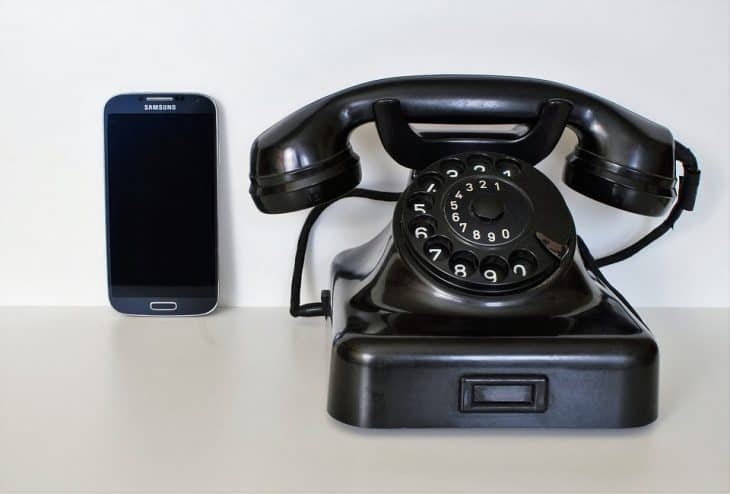Today, we are more reliant on our phones than ever before. This is because most of us are using Smartphones, and they have pretty much everything we need in terms of entertainment, information, and communication. In fact, many modern jobs could not exist without the availability of Smartphones! It’s crazy to think that they’ve only been commercially available for about a decade, but there is still a long history behind them.
In 1994, IBM released a cell phone that had digital capabilities similar to that of a PDA. It was called the IBM Simon. While it would be considered primitive by today’s standards, it was way ahead of its time. The IBM Simon included email, calendars, touch-screen keyboards, and a contact organizer. Unfortunately, however, the world appeared to be unready for such technology, as the Simon was discontinued only 6 months after its debut.
By the late 90s, several brands such as Ericsson, Sony, and Microsoft introduced similar phones to the market. Because of advanced technology, they were more functional and less clunky than the IBM Simon. These early smartphones performed significantly better than the Simon did on the market, but they still weren’t considered mainstream and were generally only purchased by the most tech-forward of individuals who used them heavily for business.
In 2007, everything changed. Apple introduced the first iPhone, and the masses loved it. This is when the term “smartphone” truly came to light, and it’s easy to see why. The iPhone could do everything – it had a touchscreen that responded to your finger, it could play games, run advanced programs, and even show videos. The iPhone paved the way for other companies to introduce their own smartphones, and the rest is history. Today, smartphones make up the vast majority of cell phones, and it seems like they have been staples in our lives for far longer than 10 years.

